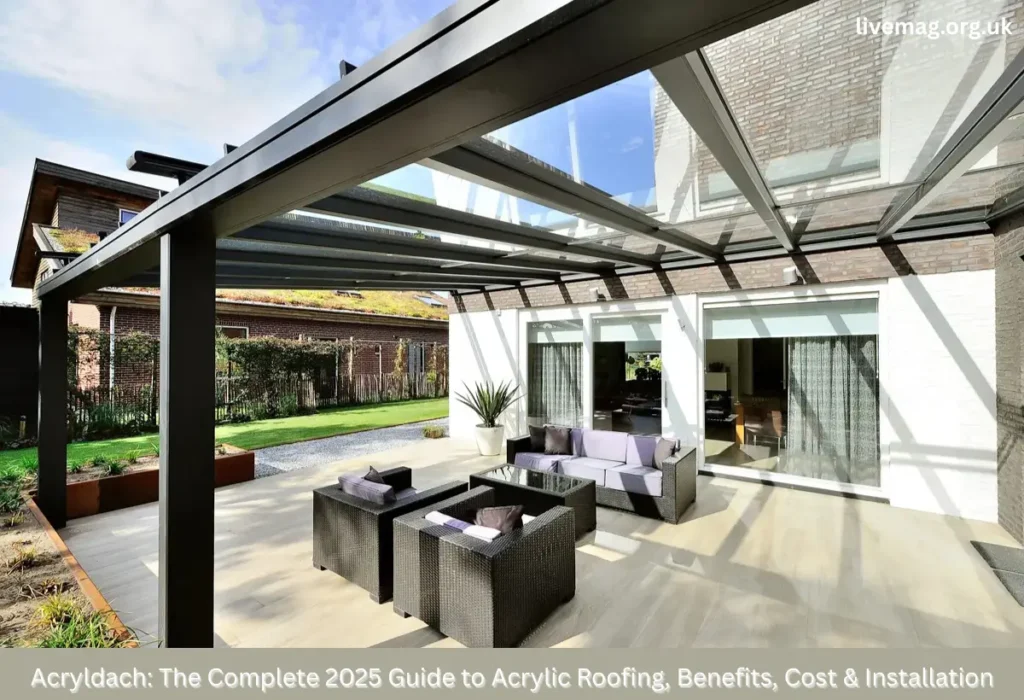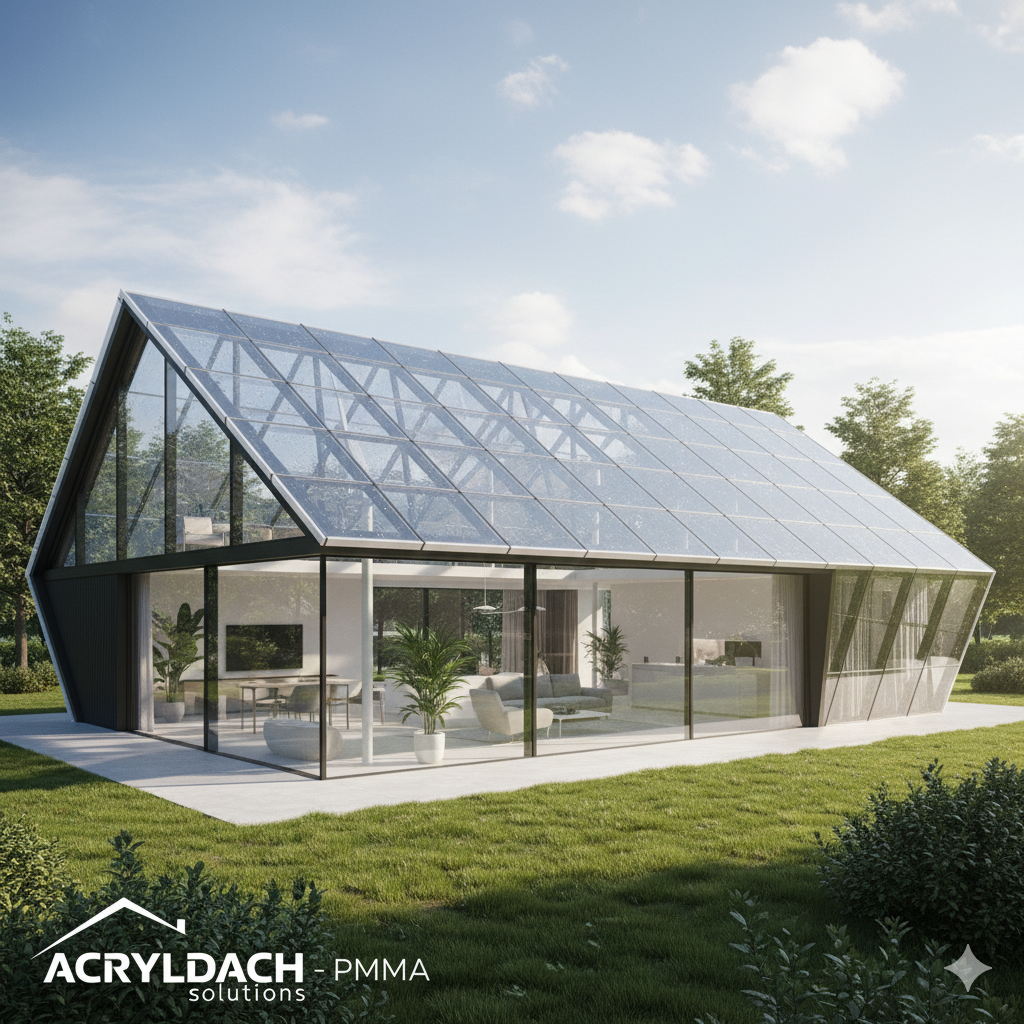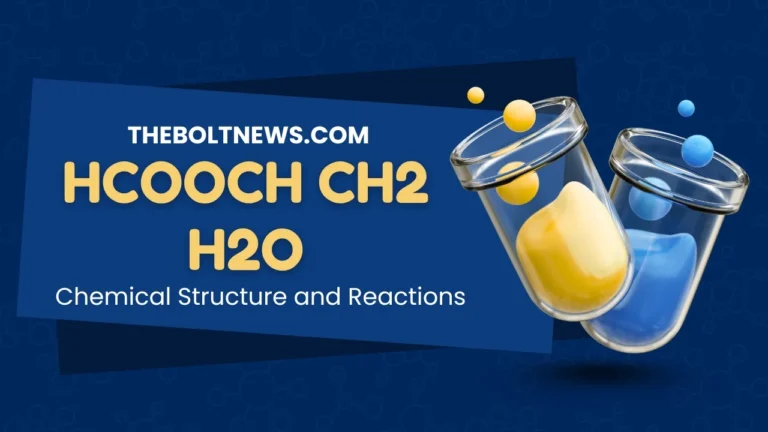In 2025, modern architecture is shifting toward roofing systems that combine strength, aesthetics, and energy efficiency. Acryldach, a German term meaning “acrylic roof,” has become a leading solution for homeowners and builders who value daylight, durability, and lightweight structures. Made from PMMA (polymethyl methacrylate), acryldach provides glass-like transparency at half the weight, along with weather resistance and long-lasting performance.
This comprehensive guide explores everything you need to know about acryldach — from features and benefits to installation, cost, and sustainability.
What Is Acryldach?
Acryldach refers to roofing systems crafted with acrylic sheets or panels. These can be flat, corrugated, or multi-wall, and are treated with UV-resistant coatings to prevent yellowing. With light transmission of up to 92%, acryldach allows bright interiors while cutting down the need for artificial lighting. Unlike heavy glass, acrylic roofing is lightweight, easier to install, and more flexible in design.
Key Features of Acryldach

- UV Resistance: Coated panels resist yellowing and sun damage.
- Lightweight Strength: Half the weight of glass with 6–17× better impact resistance.
- Daylight Performance: Exceptional clarity, transmitting more than 90% visible light.
- Thermal & Acoustic Properties: Moderate insulation and natural sound dampening.
- Design Flexibility: Can be bent or shaped into skylights, curved roofs, or façades.
Benefits of Acryldach Roofing Systems
- Energy Efficiency – Enhances daylighting, reducing electricity usage.
- Durability – Lasts 15–30 years with minimal maintenance.
- Cost Savings – Lightweight panels reduce structural load and framing expenses.
- Aesthetic Versatility – Available in clear, frosted, or tinted finishes.
- Eco-Friendly – Recyclable in many regions and free from harmful VOC emissions.
Popular Applications of Acryldach
- Residential: patios, pergolas, skylights, carports
- Commercial: atriums, malls, walkway canopies
- Agricultural: greenhouses, nurseries
- Industrial: factory rooflights for energy savings
- Architectural: artistic façades and curved roofing
Acryldach vs. Other Roofing Materials
Acryldach vs. Glass
- Lighter and safer than glass
- Comparable clarity with reduced shatter risk
- Glass resists scratches better, but acrylic resists weathering
Acryldach vs. Polycarbonate
- Polycarbonate is stronger against impact
- Acrylic provides higher clarity and gloss retention
- Acrylic is easier to cut and shape, while polycarbonate is tougher but harder to machine
Installation Guide — How to Install Acryldach
Tools Needed
Measuring tape, fine-tooth saw, drill, stainless screws, washers, acrylic sealant, protective gear
Step-by-Step Process
- Plan & Measure: Allow for slope and expansion gaps.
- Cut Panels: Use fine-tooth blades to prevent cracks.
- Pre-Drill Holes: Make them slightly larger than screws to allow expansion.
- Fasten Securely: Use corrosion-resistant screws with washers.
- Seal Joints: Apply compatible sealants for watertight protection.
- Inspect & Clean: Remove protective films and check drainage.
Thermal Expansion
PMMA expands more than glass. Always leave clearance gaps and use flexible sealants to prevent buckling.
Maintenance Tips
- Wash with mild soap and water using a soft cloth
- Avoid harsh chemicals and abrasive pads
- Inspect sealants and fasteners yearly
- Light scratches can be polished out; deep damage may need replacement
Cost of Acryldach Roofing in 2025
The cost of acryldach varies by thickness, quality, and installation complexity.
Typical Cost Factors
- Material: UV-stable panels cost more but last longer
- Installation: labor, framing, and sealing materials
- Accessories: screws, gaskets, flashings
Ballpark estimates suggest acryldach roofing ranges from affordable DIY-friendly sheets to higher-end professional systems costing several hundred USD per m² depending on specifications.
Common Challenges of Acryldach
- Scratch Sensitivity: Easier to scratch than glass
- Thermal Movement: Requires correct installation gaps
- Impact Resistance: Less strong than polycarbonate under heavy hail
- Quality Variation: Cheap panels may yellow without proper coatings
Sustainability and Future Trends
Acryldach contributes to sustainable building by reducing artificial lighting demand and structural material use. Future innovations include:
- Nano-coatings for self-cleaning surfaces
- Switchable acrylic panels for dynamic daylighting
- Integration with solar systems for energy generation
Expert Tips for Choosing Acryldach Panels
- Select UV-coated panels for long-term clarity
- Choose multi-wall formats for better insulation
- Confirm warranty and performance specs before purchase
- Ensure installer accounts for thermal expansion
Myths About Acryldach
- Myth: It breaks easily. Fact: Acrylic is stronger than glass.
- Myth: It yellows quickly. Fact: Modern UV-stable panels resist yellowing.
- Myth: It’s too expensive. Fact: Lifecycle cost savings make it competitive.
Acryldach
| Category | Description | SEO Advantage |
|---|---|---|
| Origins | German “acryl + dach,” meaning acrylic roofing | Optimized for “what is acryldach” |
| Features | UV resistance, light weight, clarity, design flexibility | Boosts “acryldach features” search |
| Benefits | Energy efficiency, durability, cost savings | Targets “acryldach benefits” |
| Applications | Residential, commercial, industrial, greenhouses | Ranks for “acryldach uses” |
| Comparisons | Outperforms glass in weight, rivals polycarbonate in clarity | Matches “acryldach vs glass/polycarbonate” |
| Cost | Varies by thickness, format, and installation | Optimized for “acryldach cost 2025” |
| Sustainability | Recyclable, energy-saving, eco-friendly | Targets “sustainable acryldach roofing” |
People Also Ask (PAA)
How long does acryldach roofing last?
Quality UV-stable acryldach panels typically last 15–30 years with proper care.
Is acryldach better than polycarbonate?
Acryldach offers superior clarity and gloss, while polycarbonate excels in impact resistance.
Can I install acryldach myself?
Yes, small projects are DIY-friendly, but large or complex roofs require professional installers.
Does acryldach turn yellow over time?
High-quality UV-protected panels resist yellowing, though cheap alternatives may degrade faster.
FAQs
Q1: How much does acryldach roofing cost in 2025?
Costs vary, but high-quality systems with installation typically range from mid to high pricing per m² depending on specifications.
Q2: What are the main benefits of acryldach?
It provides energy efficiency, durability, lightweight installation, and aesthetic flexibility.
Q3: Can acryldach be recycled?
Yes, in many regions PMMA is recyclable, making it an eco-friendly roofing choice.
Q4: Where is acryldach commonly used?
Homes, pergolas, skylights, greenhouses, malls, and industrial rooflights.
Q5: Is acryldach resistant to hail?
It is stronger than glass but less impact-resistant than polycarbonate; for hail-prone areas, polycarbonate may be preferred.
Conclusion — Is Acryldach Worth It?
Acryldach represents the future of roofing with its blend of beauty, strength, and functionality. Its ability to transmit natural light, reduce structural costs, and maintain durability makes it a strong choice for residential, commercial, and industrial projects. While it may not be the toughest against extreme impacts, its overall value in energy efficiency, aesthetics, and sustainability makes it one of the most reliable roofing solutions of 2025.




